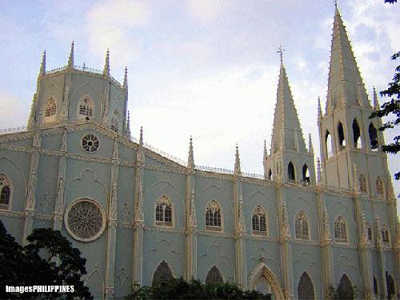
The magnificent
Photo Courtesy of: www.imagesphilippines.com (Jun Tomboc Taboga)
THE SAN SEBASTIAN CHURCH -- GUSTAVE EIFFEL�S CHURCH IN THE PHILIPPINES
by: Findelle de Jesus
Just recently, I was trying too hard to identify a place with unique features that is not only worthy of admiring but also considered artistic. Then I asked myself, �What place has not been much written but holds of great significance?� I was bothered, staring blankly at nothing until my father offered me this-- �Why bother go far? Try considering the San Sebastian Church.� Then I asked him, �What�s with it?� My father then replied, �Well, It�s just sad that many people didn�t know that the San Sebastian Church is the only Gothic church ever built in the Philippines - or perhaps, in the whole of Asia. If only for that, it is worth visiting.� I got excited by the idea of writing about this historical landmark and before any books can be used for my reference I asked my father to share his knowledge of San Sebastian. And with this he said, �Despite the discrepancies in the dates of its founding, the San Sebastian Church is the only steel church in Asia built in the late 18th century. It should have celebrated its centennial around 1991. Yet, it seems that not even the Catholic administration paid any interest in its historical significance nor in the fact that it was Alexander Gustave Eiffel who designed it.� After this enlightening conversation with my father, I felt the need to research more about this, and maybe, to know the story that lies within this church.
Alexander Gustave Eiffel was the only man in Europe famous not only for the defining symbol of the Eiffel Tower but also for exporting knockdown steel churches in Latin America. He was a great engineer who also designed bridges, transported to their sites piece by piece, and assembled it like a Lego set. Eiffel was also the one who designed the metal structure of the Statue of Liberty.
Ambeth Ocampo, a Filipino historian and writer, once wrote that the story of San Sebastian Church began when Chinese-American, I.M. Pei, visited the Philippines in the late 70�s. He came to confirm of a news he has heard that Gustave Eiffel designed a steel church in Asia. Inspecting the church, he later declared that the metal fixtures and the overall structure were no less designed by Gustave Eiffel.
The Order of the Agustinian Recollect (OAR) Parishes Manual cited that the San Sebastian church �is the first all-iron church in the world, the first iron edifice in Asia and the second in the world after Eiffle Tower.� It has its beginnings in 1621 when Don Bernardino Castillo, a generous patron and a well-known devotee of San Sebastian donated his lot for the dream of having a steel church in Asia become a reality. The original church, which was made of wood, was burned in 1651 during a Chinese uprising. The succeeding structures were destroyed by fire and an earthquake in 1859, 1863, and, 1880 destroyed the imposing stone of the church. The exasperated parish priest, Fr. Esteban Martinez approached the Spanish Architect Genero Palacios with a plan to build a fire and earthquake-resistant church made entirely of steel. Ambeth Ocampo states that the present San Sebastian church was ordered knockdown in steel parts from the �Societe Anonime des Enterprises de Travaux Publiques in Brussels, Belgium. The Societe cast all the parts and shipped them piece by piece to Manila, (as what Eiffel did in most of his designs). Two Belgian engineers supervised the construction of the church which was later completed and inaugurated in 1891.
However, the catalogues of Gustave Eiffel�s work and the list of the designs and exportation of the church in Manila, Philippines gives 1875 as its date runs counter to the National Historical Institute date of 1891. In any case, it is certain that Eiffel designed the metal structure of the church and it is strongly possible that the Spanish Architect Palacios was the one who designed the San Sebastian Church.
We may not have an Eiffel Tower nor a Statue of Liberty which is famous in all the works of Gustave Eiffel. But look around here in the Metropolitan Manila Area, and you will see landmarks that are significant, unique, and truly a treasure of the arts-- the San Sebastian Church.
(Findelle de Jesus is a graphic designer by profession. She graduated with a degree in Fine Arts from the Far Eastern University. Her article was inspired by her love for history, arts, and architecture.)
Recent Articles
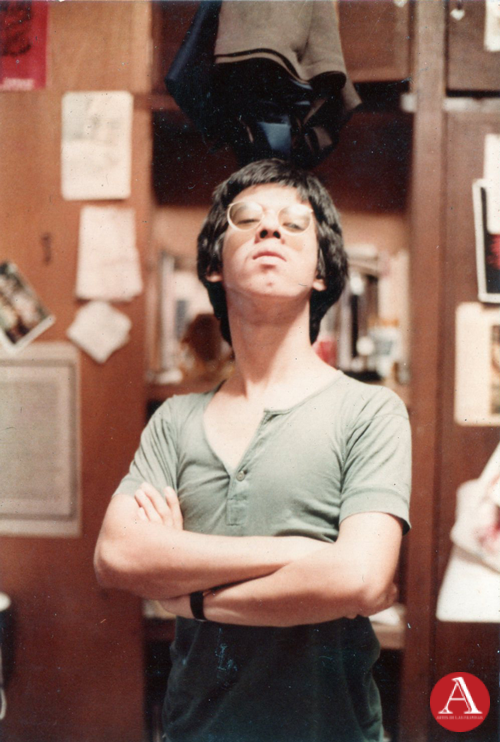 FEDERICO SIEVERT'S PORTRAITS OF HUMANISM
FEDERICO SIEVERT'S PORTRAITS OF HUMANISMJUNE 2024 – Federico Sievert was known for his art steeped in social commentary. This concern runs through a body of work that depicts with dignity the burdens of society to...
.png) FILIPINO ART COLLECTOR: ALEXANDER S. NARCISO
FILIPINO ART COLLECTOR: ALEXANDER S. NARCISOMarch 2024 - Alexander Narciso is a Philosophy graduate from the Ateneo de Manila University, a master’s degree holder in Industry Economics from the Center for Research and...
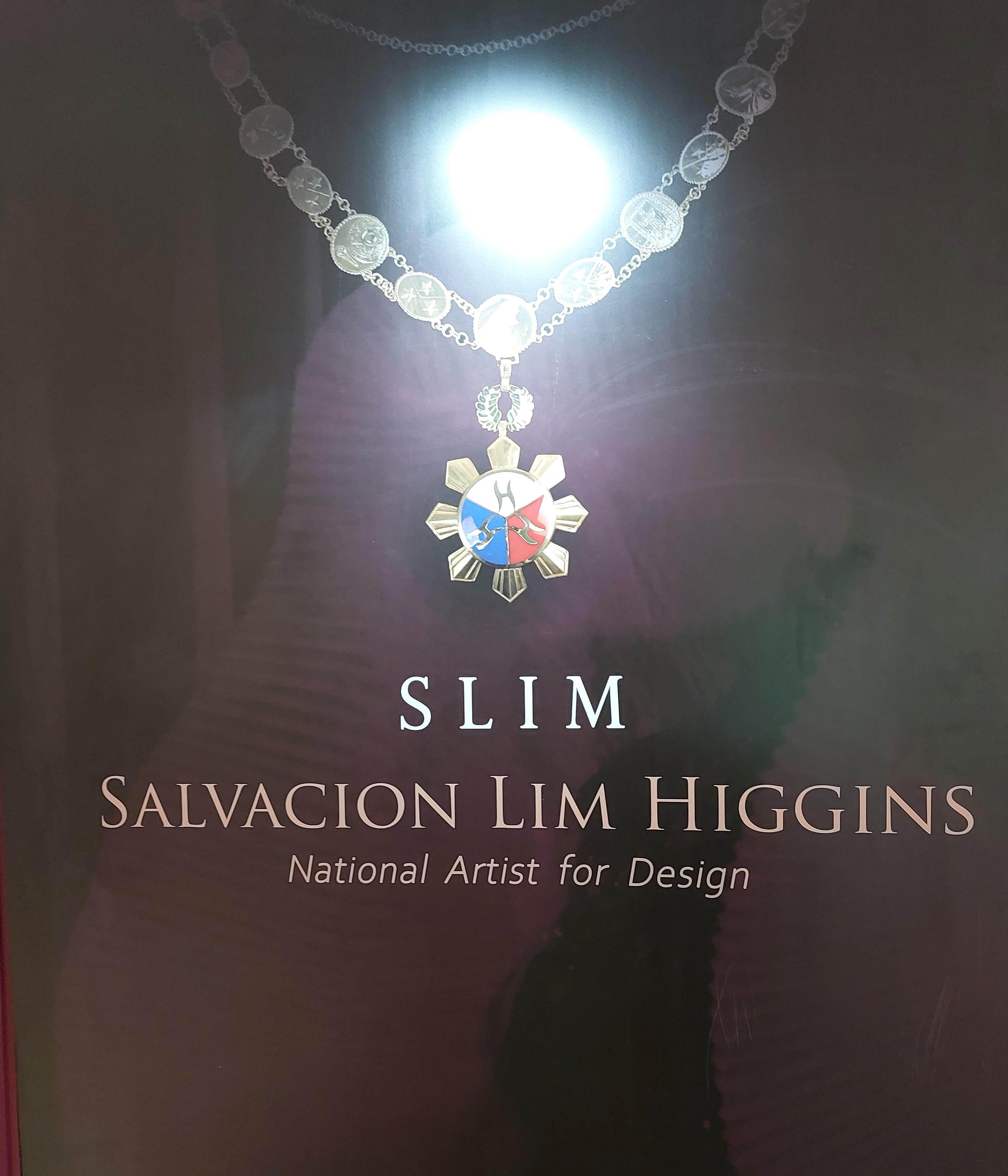 An Exhibition of the Design Legacy of Salvacion Lim Higgins
An Exhibition of the Design Legacy of Salvacion Lim HigginsSeptember 2022 – The fashion exhibition of Salvacion Lim Higgins hogged the headline once again when a part of her body of work was presented to the general public. The display...
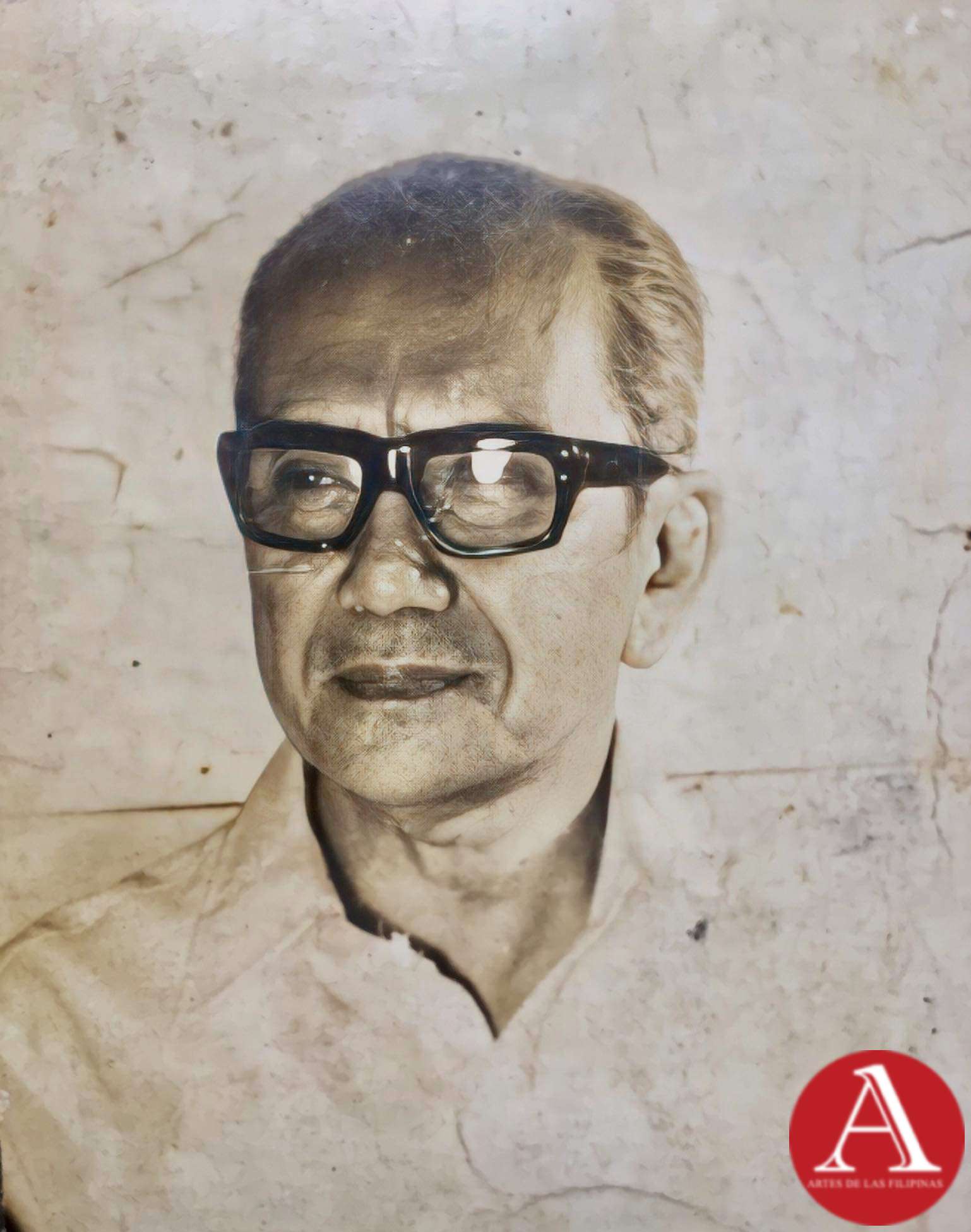 Jose Zabala Santos A Komiks Writer and Illustrator of All Time
Jose Zabala Santos A Komiks Writer and Illustrator of All TimeOne of the emblematic komiks writers in the Philippines, Jose Zabala Santos contributed to the success of the Golden Age of Philippine Komiks alongside his friends...
 Patis Tesoro's Busisi Textile Exhibition
Patis Tesoro's Busisi Textile ExhibitionThe Philippine Art Book (First of Two Volumes) - Book Release
April 2022 -- Artes de las Filipinas welcomed the year 2022 with its latest publication, The Philippine Art Book, a two-volume sourcebook of Filipino artists. The...
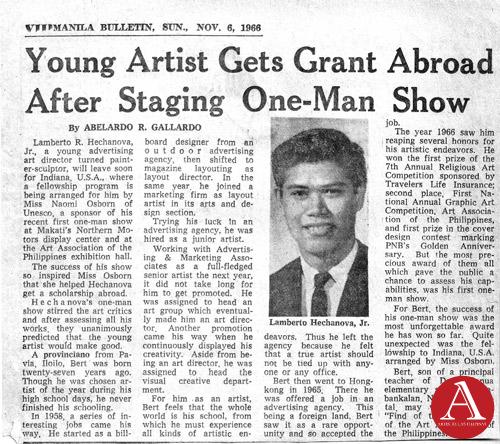 Lamberto R. Hechanova: Lost and Found
Lamberto R. Hechanova: Lost and FoundJune 2018-- A flurry of renewed interest was directed towards the works of Lamberto Hechanova who was reputed as an incubator of modernist painting and sculpture in the 1960s. His...
 European Artists at the Pere Lachaise Cemetery
European Artists at the Pere Lachaise CemeteryApril-May 2018--The Pere Lachaise Cemetery in the 20th arrondissement in Paris, France was opened on May 21, 1804 and was named after Père François de la Chaise (1624...
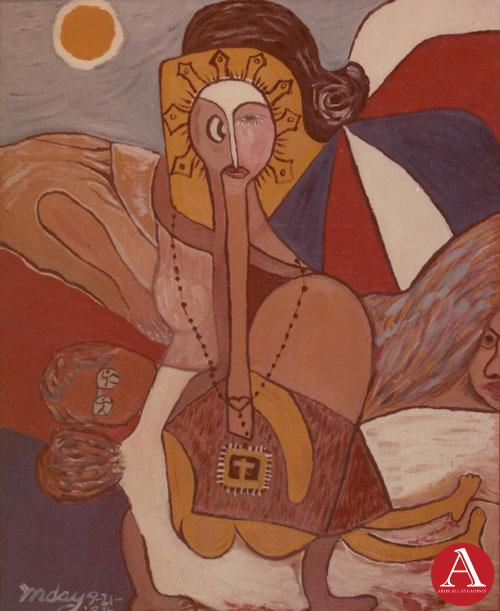 Inday Cadapan: The Modern Inday
Inday Cadapan: The Modern IndayOctober-November-December 2017--In 1979, Inday Cadapan was forty years old when she set out to find a visual structure that would allow her to voice out her opinion against poverty...
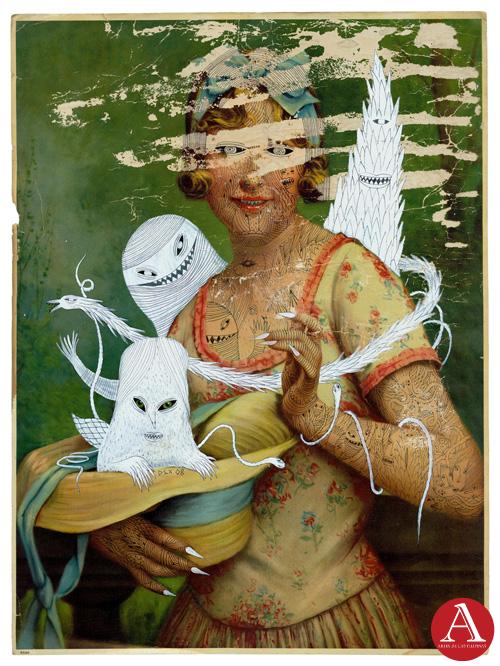 Dex Fernandez As He Likes It
Dex Fernandez As He Likes ItAugust-September 2017 -- Dex Fernandez began his art career in 2007, painting a repertoire of phantasmagoric images inhabited by angry mountains, robots with a diminutive sidekick,...




